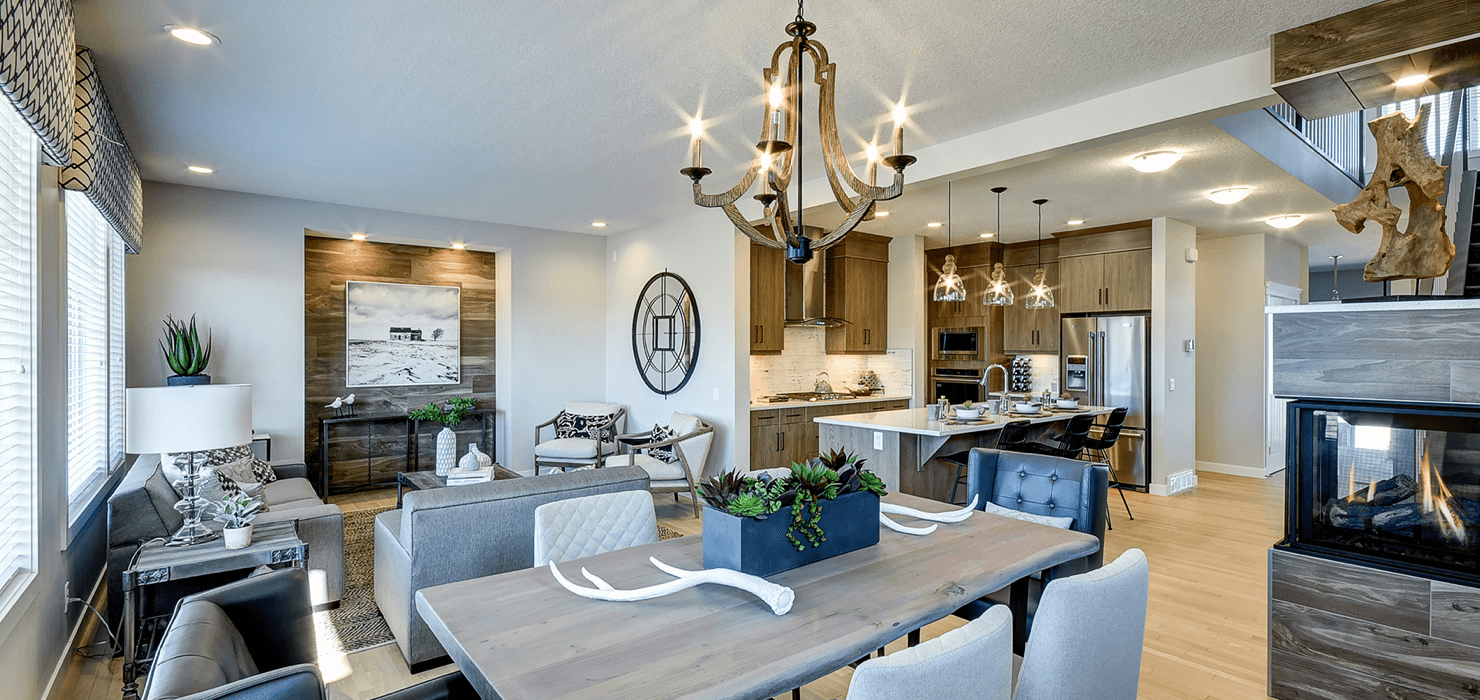Open concept home floor plans are becoming increasingly popular, providing homes with an airy and spacious atmosphere. Unfortunately, they’re not suitable for everyone and should only be considered as part of your overall plan if necessary.
Without walls between rooms, sound can travel easily between spaces and make it hard to find quiet areas. Clutter is also more difficult to control; yet open space offers numerous benefits.
1. Increased Energy Efficiency
One of the primary advantages of open concept living is its energy-saving potential. Without walls to restrict airflow, heating and cooling become simpler while natural lighting makes its way from room to room reducing artificial lighting costs.
Open layouts make it easier to keep an eye on children, so you can ensure they aren’t sneaking into the kitchen or dining area, plus spot any liquid spillage and act quickly to prevent potential accidents from happening.
Privacy issues can be an obstacle for homeowners. Without walls to divide different spaces, creating quiet zones that require focus can be more challenging. Luckily, creative solutions like rugs and strategically arranged furniture can help define spaces in an open environment while providing privacy when necessary.
2. Increased Natural Light
Light from outside can freely fill a home’s interior, helping maintain a healthier indoor environment and lowering energy bills by keeping rooms at more pleasant temperatures. This also contributes to creating an overall healthier indoor experience and lower costs when heating or cooling an uncomfortable room.
Sight lines also make it easy to keep tabs on what’s happening in nearby rooms, which can be especially helpful if you have kids or fur babies who require constant monitoring. Furthermore, having open sightlines gives hosts more flexibility when hosting parties or gatherings; you can extend dining tables as necessary in order to accommodate more guests.
Wall space restrictions may limit artwork or gallery wall displays and require different methods of delineating rooms – using decorative items such as rugs can help provide visual barriers in open-concept living environments.
3. Greater Family Connection
Open-concept layouts offer more freedom in moving freely between rooms, making it easier to communicate with family while cooking or hanging out in the living area, and easier still for entertaining guests as everyone can be found within reach without needing to navigate hallways or find their own quiet spot.
Open concept layouts offer families with children an effective way to monitor their kids throughout the house and see exactly what they are up to, making it harder for them to sneak into areas that you cannot see and get into something risky, such as climbing a shelving unit or sticking their fingers in an electrical socket.
While open concept design remains popular, some areas such as home offices and kitchens are seeing more traditional layouts emerge once more. By carefully placing furniture and choosing color schemes to coordinate, you can still reap the benefits of an open floor plan while maintaining distinct functional zones within your home.
4. Increased Home Value
Open concept floor plans are an excellent way to add value and ease maintenance costs for homes. Furthermore, open concept plans enable more homeowners to take advantage of space by creating additional nooks and crannies within the central space for use as home offices or extra living rooms for family gatherings.
However, it’s important to keep an open concept living space in perspective; those who prefer privacy may find them less than ideal due to lack of walls to block out noise and smells from kitchen or living area, and lack of wall space for hanging artwork or photos makes decorating your home difficult.




